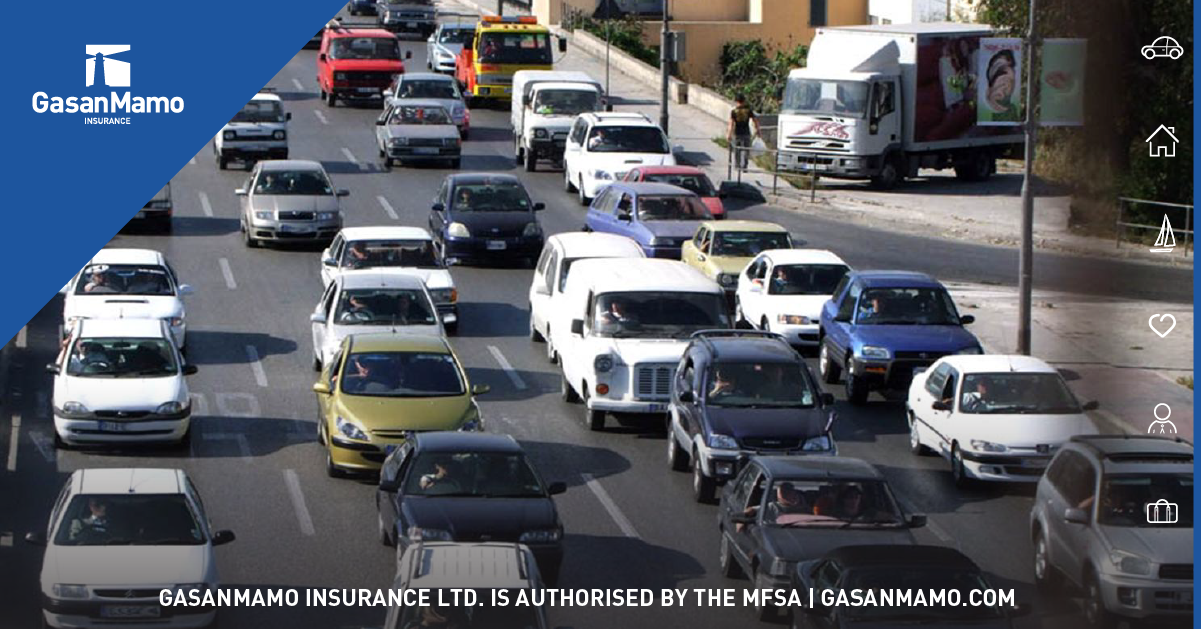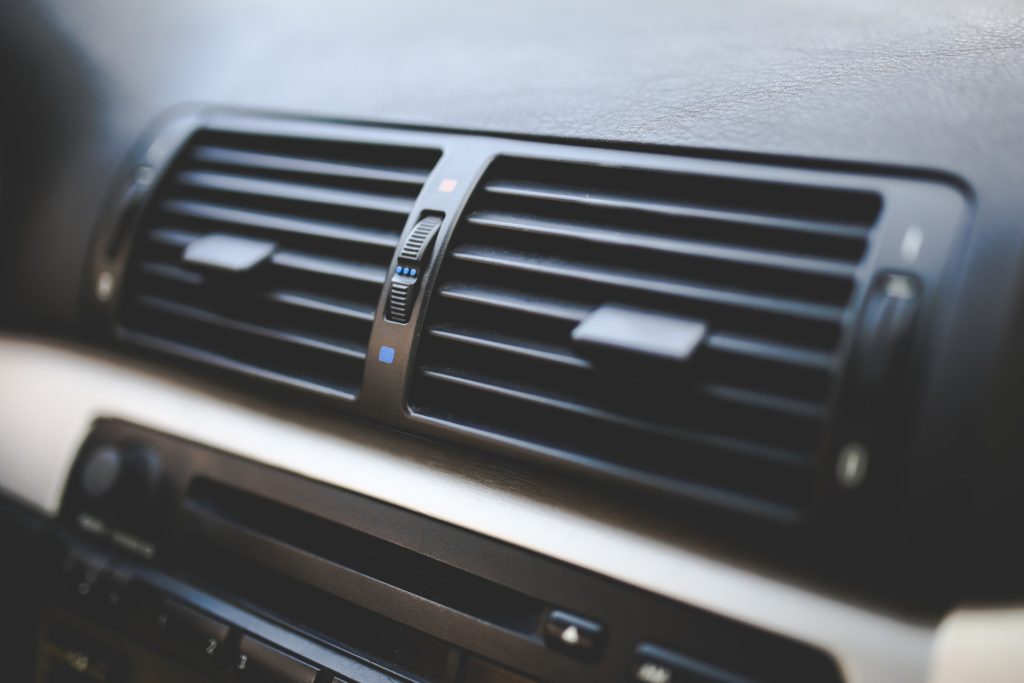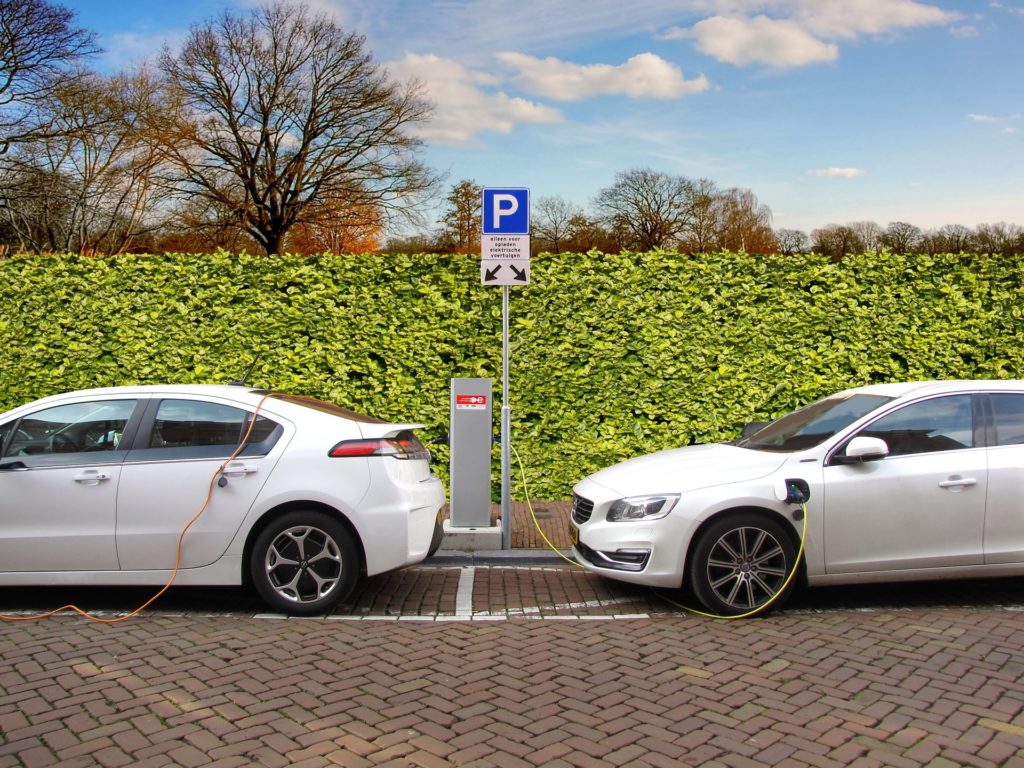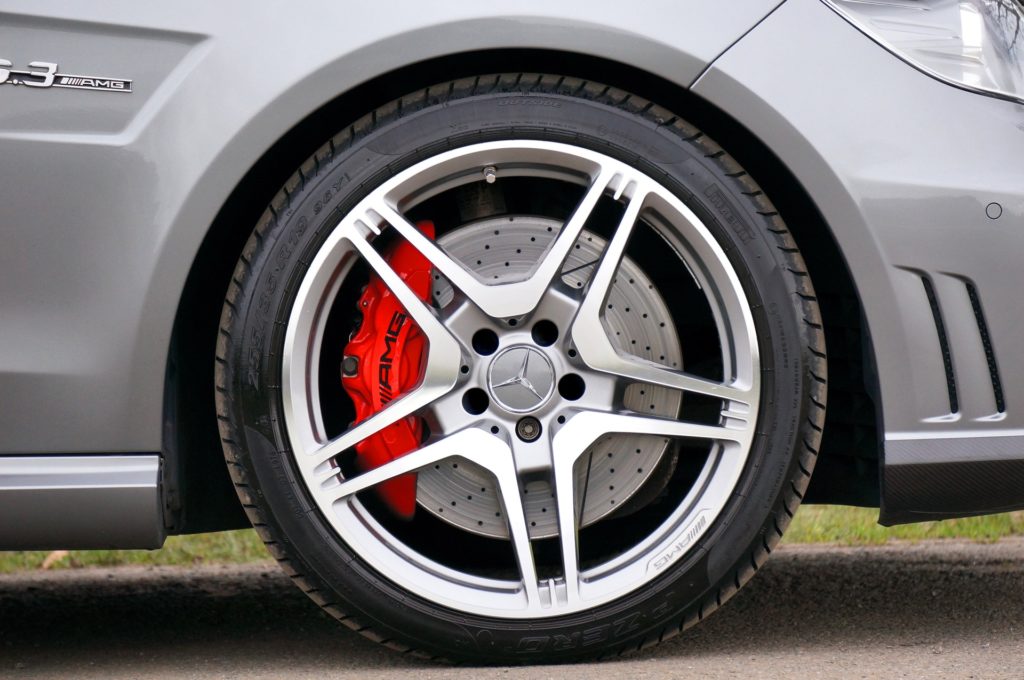Published on the 23rd January 2018
Top 10 Fuel Saving Tips to Help the Environment and Save Money
Reading Time: 5 min read

For those of us who drive, fuel can often be a significant expense. With global fuel prices constantly changing, as well as the growing concerns over environmental impact, here are 10 easy ways you can ease your conscience, help your bank balance, and save on fuel.
1. Make sure your tyre pressure is correct
The two may seem unconnected, but the lower the pressure on your tyres, the more fuel the car must use to move.
Check your tyres once a fortnight to ensure that they are at the recommended pressure – this can usually be fund in the owner’s manual, or inside the glovebox.
2. Make sure you are driving in the right gear; slowest speed, highest gear
To achieve the ultimate mpg figure, the ideal is to drive at the slowest speed you can, in the highest gear.
The faster you drive, the harder the car must work, and the more fuel you will use. It is far better to arrive on time, having spent less fuel, than arrive early and having to refill!
3. Reduce your use of the air conditioning
Another hidden fuel-sucker is the sneaky air conditioning. While it may seem pleasant to have a temperature controlled car in December, the truth is that it’s probably costing you money, so ask yourself if it really is worth it.

4. Remove the roof rack
This is another logical idea; the more objects weighing heavily on top of your car, the more drag is created whilst travelling at high speeds.
This will drag the car back, forcing it to work harder to maintain speed and movement, and ultimately costing you more in fuel.
Therefore, make sure to remove the roof rack, skis, or bikes if you do not need them for that journey.
5. Reduce the weight
As explained in the previous point, the more weight your car must carry, the harder it must work, especially if you need to travel up-hill.
More fuel will be required to power the car to subsidise the extra weight, and so, reducing extra weight is not just about removing the roof rack.
To save fuel, ensure that anything which is not necessary for your trip has been removed in advance. Check your car boot for forgotten items that might be causing you to waste more fuel.
Remember that on average, every 50kg will increase fuel consumption by 2%, so that extra stuff can soon add up!
6. Invest in a more fuel-efficient car
If you are serious about cutting fuel costs long-term, consider investing in a new, energy efficient car.
Car manufactures are increasingly designing new vehicles with energy efficiency and eco-friendliness in mind, and so you are more likely to be able to pick up a car which does more mpg.
Having a newer car will also reduce the amount of maintenance required, and will likely contain more up-to-date systems, further saving you fuel.

7. Plan your route
If you know in advance where you will be travelling to, take the time to consider the best route.
This is not always necessarily the shortest; if you know your town is clogged with rush-hour traffic at the time you will be travelling, get a step ahead by planning to use the back roads – this could end up being quicker than sitting in a traffic jam.
Similarly, the engine is more efficient when its warm, so plan short trips and errands at the same time, allowing you to take one longer journey, rather than several small ones.
Although this may seem counterproductive, the engine will not have to work so hard to continuously warm up and cool down, enabling you to save on fuel.
8. Maintain momentum
In a similar vein, maintaining momentum whilst driving will increase fuel efficiency.
Constant slowing down and accelerating will increase the amount of fuel the car needs to work effectively, and so you will end up using far more.
Planning ahead, and reading the road in advance will help you to maintain momentum, by giving you information about what is coming up ahead of you.
9. Make sure your tyres are in good condition
This is similar to maintaining tyre pressure; ensure that your tyres are in good condition, with a good amount of tread, and no nicks or balding spots.
This will allow them to grip and move on the road more efficiently, saving you money – and most importantly also ensuring safety!

10. Turn it off
When waiting in a queue at traffic lights, to turn out of a junction, or to pick up a passenger, the engine is still burning fuel, but you are getting nowhere.
For an easy way to save fuel, switch off the engine if you are going to be waiting for more than ten seconds, and start it when you know that you are moving.
This is not only an easy way to reduce fuel consumption, but also helps reduce pollution as you are not running the car for no reason!